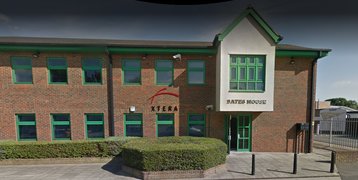British telecommunications equipment supplier Xtera Communications has filed a complaint with the US International Trade Commission against Nokia, Alcatel-Lucent Submarine Networks (ASN) and NEC Corporation, alleging that their networking equipment infringes on five of its own patents, and requesting that the ITC put a ban on the sale and import of relevant products.
The complaint accuses Nokia of breaching at least one of its patents with its Photonic Service Engine 2 - reportedly a key component of Nokia’s current optical transport equipment range - and its 1620LM Submarine Line Equipment, claiming that the company declined an offer to use the intellectual property on a licenced basis.
NEC, Xtera alleges, also breached at least one of five patents with its NS Series Submarine Repeatered Subsea Systems, but was not offered the same deal as Nokia.
All the patents
The five patents allegedly breached are:
- “Distinct dispersion compensation for coherent channels” (coherent optical transmission allowing for the transport of considerably more information than non-coherent optical transmission, by modulating the amplitude and phase of light and transmitting information via two simultaneous polarizations) describes a technique whereby the dispersive broadening of signals on coherent channels – a phenomenon which can occur when high data rates are transmitted – are compensated for using a method specific to coherent channels, as opposed to non-coherent channels.
- “Data format for high bit rate wavelength-division multiplexing (WDM) transmission” describes a method for encoding data that improves the spectral efficiency of WDM systems, which join signals using a demultiplexer at transmission level and split them at the receiver with a demultiplexer.
- “Reduced FEC overhead in an optical transmission system” is a technique used to reduce bit rates per channel by dividing encoded sequences between two or more channels.
- “Phase shift keyed high speed signaling” improves long haul performance by tackling dispersion when it takes place halfway down a link, according to Xtera.
- “Automatic pre-emphasis” keeps a stable drive power level with the use of a centralized signal, applied to a transmitter (or several) in a defined ban, and band gain amplifiers are used to compensate for the effects of centralizing the signal.
As of yet, the ITC hasn’t opened a formal inquiry into the claims.

